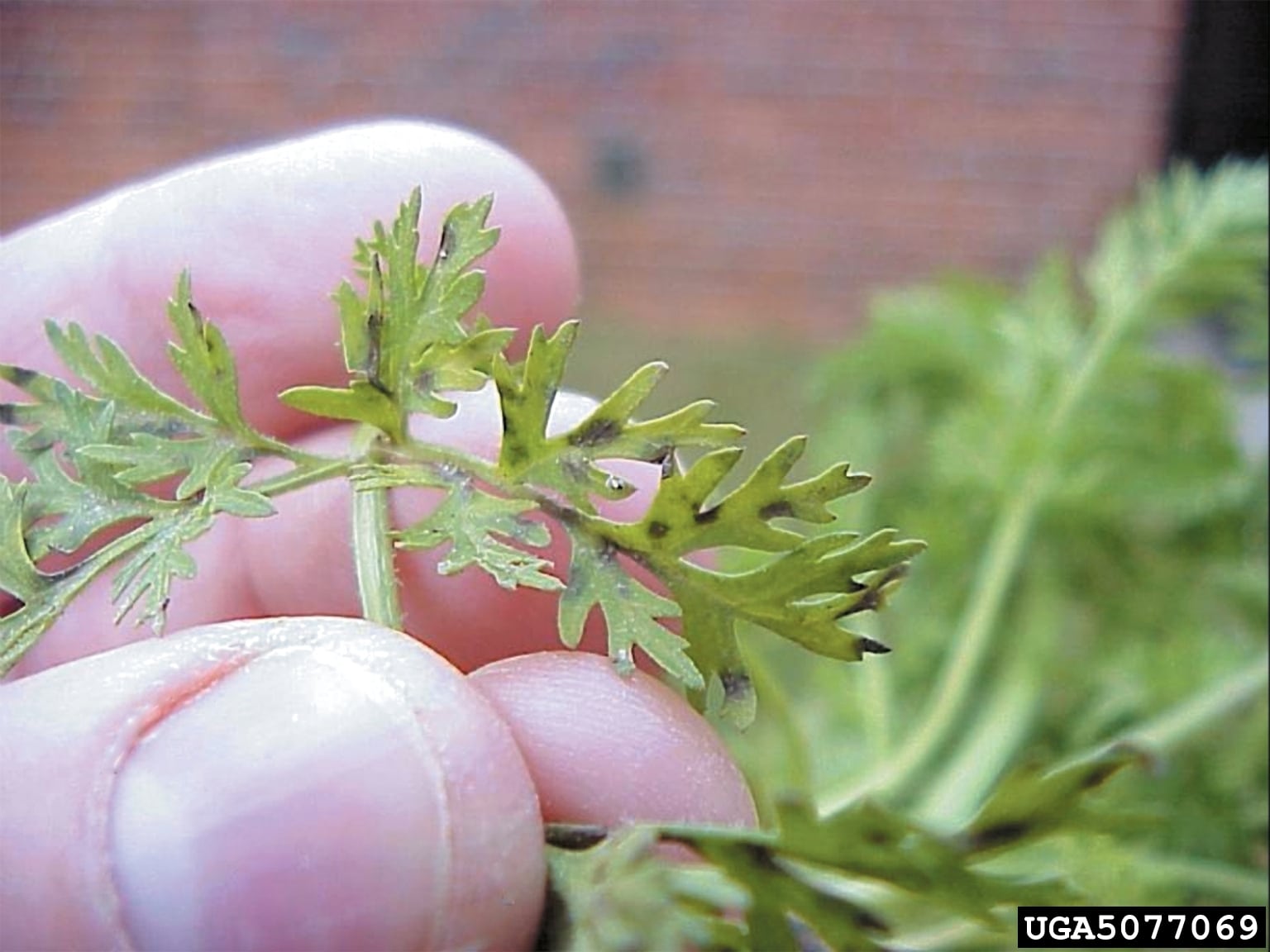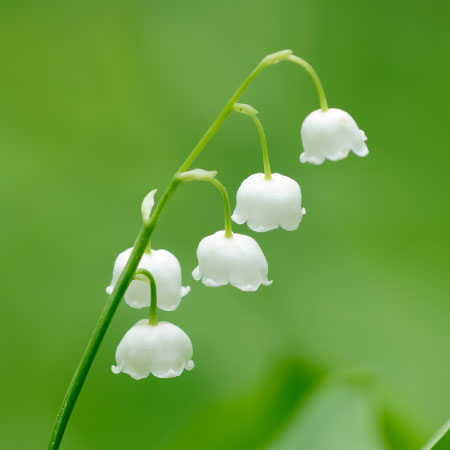Carrot Leaf Spot Treatment: Learn About Cercospora Leaf Blight In Carrots


Nothing strikes fear into the heart of a gardener than the sign of a leaf blight, which can have a very devastating impact to the vitality and even edibility of your vegetable crops. When leaf spots or lesions start to appear, you may be uncertain how to identify the leaf blight or how to quell its spread. This is what happened to me when I first observed carrots with leaf blight in my garden. I asked myself, “Is this cercospora leaf spot of carrot or something else?” and “What was the proper carrot leaf spot treatment?”. The answer lies in this article.
Cercospora Leaf Blight in Carrots
First things first, just what is carrot leaf spot? Generally speaking, it’s when you observe dead, or necrotic, spots on your carrot’s leaves. A closer examination of these spots will help you determine the type of the leaf blight that is afflicting your carrots and the course of action you should take. There are actually three leaf blights that come into play for carrots that are either fungal (Alternaria dauci and Cercospora carotae) or bacterial (Xanthomonas campestris pv. carotae) in nature. Upon visual inspection, I was able to definitely diagnose cercospora leaf spot of carrot in my garden. The spots, or lesions, were cream or gray colored with sharp, dark-brownish colored margins. On the interior of the carrot leaves, these lesions were circular in shape, while along the leaf margin they were more elongated. Eventually, all these lesions coalesced or merged together, resulting in the death of the leaves. Leaf blight can also be observed on the leaf petioles and stems, which leads to the girdling of these leaf parts and the consequent death of the leaves. Younger leaves and plants tend to be the target of cercospora leaf blight in carrots, which is why it’s more prevalent earlier on in the growing season. Cercospora leaf blight in carrots only affects the foliage of the plant so the fleshy root beneath the ground is still edible. While you may think this absolves you of having to worry about this, think again. Plants weakened by disease are not only unsightly, they also aren’t great producers. Leaf area can impact carrot root size. The less healthy leaf mass you have, the less photosynthesis that takes place, resulting in carrots that may not form at all or only reach a fraction of their size potential. And it might prove a bit more difficult harvesting carrots with leaf blight that have a weakened leaf structure - more digging, and less grasping and pulling of the leaf top, will be required. Not to mention that you don’t want the stink eye from your neighbors. Carrot fungi can develop infectious spores that are carried by the wind and water, landing onto and potentially infiltrating your neighbor’s plants. Now you’re back to caring about this issue. So, what is the carrot leaf spot treatment, you ask?
Carrot Leaf Spot Treatment and Prevention
When you consider the fact that cercospora leaf spot of carrot develops during long periods of moisture on foliage, there are measures you can take to prevent it. Good garden hygiene is paramount. Resist overcrowding when planting your garden – facilitate aeration by allowing some space between them. When watering, try doing so early in the day and consider the use of drip irrigation to ensure you are only watering at the base of the plant. Cercospora leaf blight can overwinter in diseased plant debris for up to two years, so removing and destroying (not composting) infected plants is a good practice in conjunction with practicing 2- to 3-year crop rotations. Wild, perennial plants such as Queen Anne’s lace are also carriers of this blight, so keeping your garden (and surrounding areas) free of weeds is recommended. Lastly, the cercospora pathogen is also seedborne so you may want to consider planting more disease tolerant varieties such as Apache, Early Gold, or Bolero, to name a few. With cercospora leaf blight in carrots, early detection is key. You will have the best chance of successful treatment by implementing a preventative fungicide program with a spray interval of 7 to 10 days upon detection (shorten this interval to 5 to 7 days in wet weather conditions). Fungicides with active ingredients such as copper, chlorothalonil, or propiconazole may prove most effective.
Gardening tips, videos, info and more delivered right to your inbox!
Sign up for the Gardening Know How newsletter today and receive a free copy of our e-book "How to Grow Delicious Tomatoes".

Shelley Pierce was a writer for Gardening Know How, contributing to hundreds of articles for the site.
-
 Never Plant Seedlings Until They Pass These 3 Simple Tests
Never Plant Seedlings Until They Pass These 3 Simple TestsDon't be over-eager to transplant seedlings into the garden before they are ready. These quick and easy checks will help ensure flourishing plants.
By Mary Ellen Ellis
-
 Grow ‘Karl Rosenfield’ Peony Plants For The Ultimate Frilly Border Beauties And Cut Flowers
Grow ‘Karl Rosenfield’ Peony Plants For The Ultimate Frilly Border Beauties And Cut FlowersFor frilly double magenta peony petals infused with a heady fragrance, grow ‘Karl Rosenfield’ peony plants. Here’s how to cultivate the ultimate plushy blooms
By Tonya Barnett